Home>Renovation & DIY>Tools & Equipment>What Do The Lines On A Measuring Tape Mean
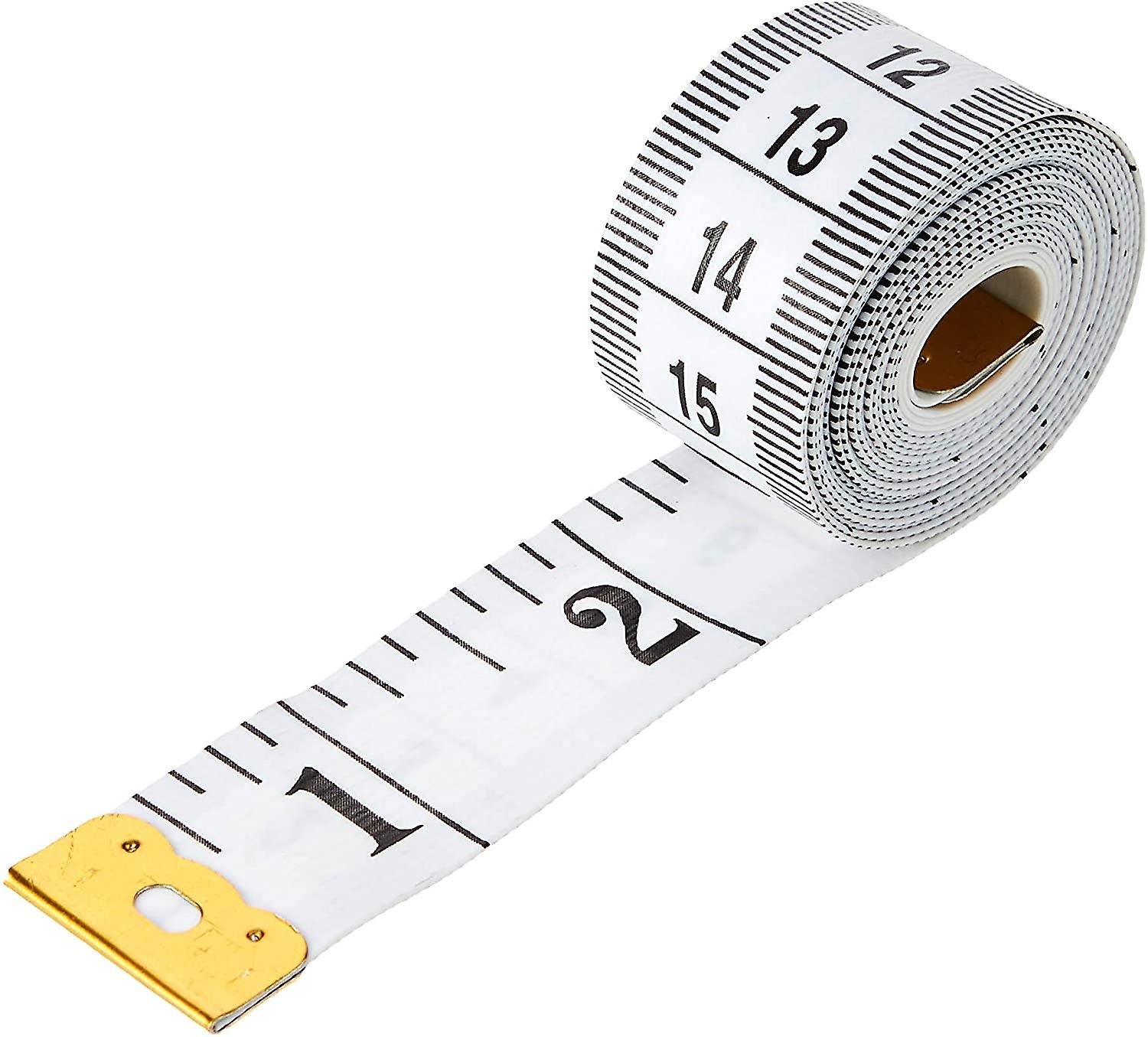

Tools & Equipment
What Do The Lines On A Measuring Tape Mean
Modified: December 21, 2023
Discover the meaning of the lines on a measuring tape and how to use them effectively. Learn about the different measurements and their significance in tools and equipment.
(Many of the links in this article redirect to a specific reviewed product. Your purchase of these products through affiliate links helps to generate commission for Storables.com, at no extra cost. Learn more)
Introduction
Welcome to the world of measurements, where precision meets practicality! Have you ever wondered about the intricate markings on a measuring tape? They may seem like a jumble of lines and numbers, but they hold the key to accurate measurements in the realm of carpentry, construction, tailoring, and various other crafts. In this comprehensive guide, we will unravel the mystery behind the lines on a measuring tape, empowering you to decipher their significance with confidence.
Whether you're a seasoned professional or a curious novice, understanding the markings on a measuring tape is essential for achieving precise measurements. By delving into the intricacies of these markings, you'll gain valuable insights that can elevate your craftsmanship to new heights. So, let's embark on this enlightening journey and unlock the secrets concealed within the humble measuring tape!
Key Takeaways:
- The lines on a measuring tape help you measure accurately. The main scale shows whole inches, while the fractional scale helps with smaller measurements. Red and black numbers indicate standout measurements and standard references.
- Understanding the markings on a measuring tape is crucial for precise measurements in carpentry, sewing, and more. The tape’s hook compensates for thickness, and red numbers highlight significant intervals for efficient measurements.
Read more: What Does 3/4 Mean On A Measuring Tape
Overview of Measuring Tapes
Measuring tapes are indispensable tools that facilitate accurate measurements in various fields, including construction, carpentry, sewing, and crafting. They come in different lengths, typically ranging from a few feet to over 30 feet, and are designed to be flexible for easy handling. The most common types of measuring tapes are the retractable, pocket-sized tape measures and the longer, more rigid tape measures used in construction and woodworking.
Measuring tapes are marked with a series of lines, numbers, and symbols, each serving a specific purpose in enabling precise measurements. Understanding these markings is crucial for anyone who relies on measurements for their work or hobbies. The markings on a measuring tape are divided into different scales, each of which plays a distinct role in the measurement process.
As we delve deeper into the intricacies of measuring tapes, you'll gain a comprehensive understanding of the main scale, fractional scale, and other essential markings. This knowledge will empower you to confidently interpret the measurements provided by a tape measure, ensuring accuracy and consistency in your projects.
Now, let's embark on a detailed exploration of the markings on a measuring tape, unraveling the significance of each element and demystifying the art of measurement.
Understanding the Main Scale
At first glance, the main scale of a measuring tape may appear to be a simple sequence of numbers, but it holds the key to precise measurements. The main scale is typically denoted in feet and inches, providing a straightforward system for measuring length. Each inch is divided into smaller increments, usually marked by lines that represent fractions of an inch, such as 1/16, 1/8, 1/4, and 1/2.
When using the main scale to measure an object or distance, it’s essential to identify the closest whole inch first. Once the whole inch is determined, the fractional markings can be utilized to pinpoint the precise measurement. For example, if the measurement falls between the 5-inch and 6-inch marks, the fractional lines can indicate whether it is closer to 5 and 1/4 inches or 5 and 1/2 inches.
Some measuring tapes feature a standout or a small gap at the beginning of the tape, known as the “hook.” This hook is designed to compensate for the tape’s thickness, allowing for accurate measurements whether the tape is hooked onto an edge or pulled out to measure the distance between two points. Understanding how to utilize the hook effectively is crucial for obtaining precise measurements, especially when measuring from an edge or corner.
By mastering the main scale of a measuring tape, you’ll be equipped to confidently measure lengths and distances with accuracy. Whether you’re measuring materials for a construction project, determining fabric dimensions for a sewing endeavor, or gauging the dimensions of a room for interior design purposes, the main scale serves as the foundation for precise measurements.
Now that we’ve unraveled the significance of the main scale, let’s delve into the fractional scale and explore its role in the realm of measurements.
The main lines on a measuring tape represent inches, while the smaller lines in between represent fractions of an inch, such as 1/4, 1/8, and 1/16. This helps you measure with more precision.
Deciphering the Fractional Scale
As we venture further into the realm of measuring tapes, we encounter the fractional scale, which plays a pivotal role in refining measurements to the nearest fraction of an inch. The fractional scale, often found on the underside or alongside the main scale, consists of evenly spaced markings that denote fractional increments of an inch. These increments typically include 1/16, 1/8, 3/16, 1/4, 5/16, 3/8, 7/16, 1/2, 9/16, 5/8, 11/16, 3/4, 13/16, 7/8, 15/16, and 1 inch.
When measuring an object or distance, the fractional scale provides the precision needed to capture the exact dimensions, especially when dealing with fractions of an inch. For instance, if the main scale indicates a measurement of 3 inches and the fractional scale aligns with the 1/8 marking, the combined measurement would be 3 and 1/8 inches.
Understanding the fractional scale empowers craftsmen, artisans, and DIY enthusiasts to achieve meticulous accuracy in their projects. Whether it’s cutting materials to precise lengths, determining the dimensions of intricate components, or ensuring a tailored fit in sewing and upholstery, the fractional scale is an indispensable tool for achieving exact measurements.
As we navigate the intricacies of the fractional scale, it’s essential to appreciate its role in elevating the precision of measurements, thereby contributing to the quality and integrity of various creative and technical endeavors. By embracing the fractional scale as a valuable asset in the realm of measurements, you’ll harness the power to capture the subtleties of dimension with finesse and accuracy.
Now that we’ve unraveled the significance of the fractional scale, let’s delve into the interpretation of the red and black numbers, shedding light on their distinctive functions in the realm of measurements.
Interpreting the Red and Black Numbers
Amidst the array of markings on a measuring tape, the presence of red and black numbers holds significant meaning, offering valuable insights into the art of measurement. These distinctive numbers are strategically positioned along the main scale, serving as indicators of the tape’s standout measurements and facilitating seamless readings for users.
The black numbers on a measuring tape represent the standard measurements in feet and inches, providing a clear reference for length and distance. Each black number corresponds to the whole feet and inches on the main scale, guiding users to the precise points of measurement. These numbers serve as anchor points, allowing individuals to swiftly identify the length or dimension being measured, thereby streamlining the process of obtaining accurate readings.
Complementing the black numbers, the red numbers on a measuring tape denote standout measurements, which are typically displayed at intervals of 16 inches. These standout measurements are strategically highlighted in red to draw attention to significant intervals, such as wall studs in construction or standard spacing in various applications. By incorporating standout measurements, the red numbers facilitate efficient and precise measurements, especially in scenarios where consistent intervals play a crucial role.
Understanding the significance of the red and black numbers equips individuals with the knowledge to navigate measuring tapes with confidence, leveraging the standout measurements and standard references to achieve accuracy in their respective fields. Whether it’s aligning structures in construction, marking fabric for sewing projects, or gauging dimensions for woodworking endeavors, the interplay between the red and black numbers ensures a seamless and precise measurement process.
By embracing the insights offered by the red and black numbers on a measuring tape, individuals harness the power to execute their projects with precision and finesse, elevating the quality and integrity of their craftsmanship.
With the enigmatic markings on a measuring tape demystified, you’re now equipped with a comprehensive understanding of the intricacies that underpin the art of measurement. Armed with this knowledge, you’re poised to embark on your measuring endeavors with clarity and confidence, harnessing the full potential of this humble yet indispensable tool.
Read more: What Does A Measuring Tape Do
Conclusion
Congratulations on embarking on this enlightening journey through the realm of measuring tapes! We’ve delved into the intricate markings and scales that adorn these indispensable tools, unraveling their significance and empowering you with the knowledge to decipher measurements with precision and confidence.
From the foundational main scale to the nuanced fractional scale, we’ve explored the essential components that underpin the art of measurement. By understanding the interplay between these scales, you’re equipped to capture the subtleties of length and dimension with finesse, ensuring accuracy in a myriad of creative and technical endeavors.
As we navigated the landscape of measuring tapes, we uncovered the distinctive roles played by the red and black numbers, shedding light on their significance in facilitating precise measurements and streamlining the process of gauging lengths and distances.
Armed with this comprehensive understanding, you’re now poised to harness the full potential of measuring tapes in your craft, trade, or hobby. Whether you’re embarking on a construction project, crafting bespoke garments, or engaging in woodworking pursuits, the knowledge you’ve gained will serve as a guiding light, elevating the quality and precision of your measurements.
As you venture forth into your measuring endeavors, may this newfound knowledge empower you to navigate the realm of measurements with clarity and confidence. Embrace the markings on a measuring tape as your allies in precision, and let them guide you toward the impeccable execution of your creative and technical pursuits.
Remember, behind every line and number on a measuring tape lies a world of precision and possibility. Embrace it, wield it with finesse, and let it amplify the excellence of your craftsmanship.
Now, armed with the wisdom to decipher the lines on a measuring tape, you’re ready to embark on your next project with newfound confidence and precision. Happy measuring!
Frequently Asked Questions about What Do The Lines On A Measuring Tape Mean
Was this page helpful?
At Storables.com, we guarantee accurate and reliable information. Our content, validated by Expert Board Contributors, is crafted following stringent Editorial Policies. We're committed to providing you with well-researched, expert-backed insights for all your informational needs.
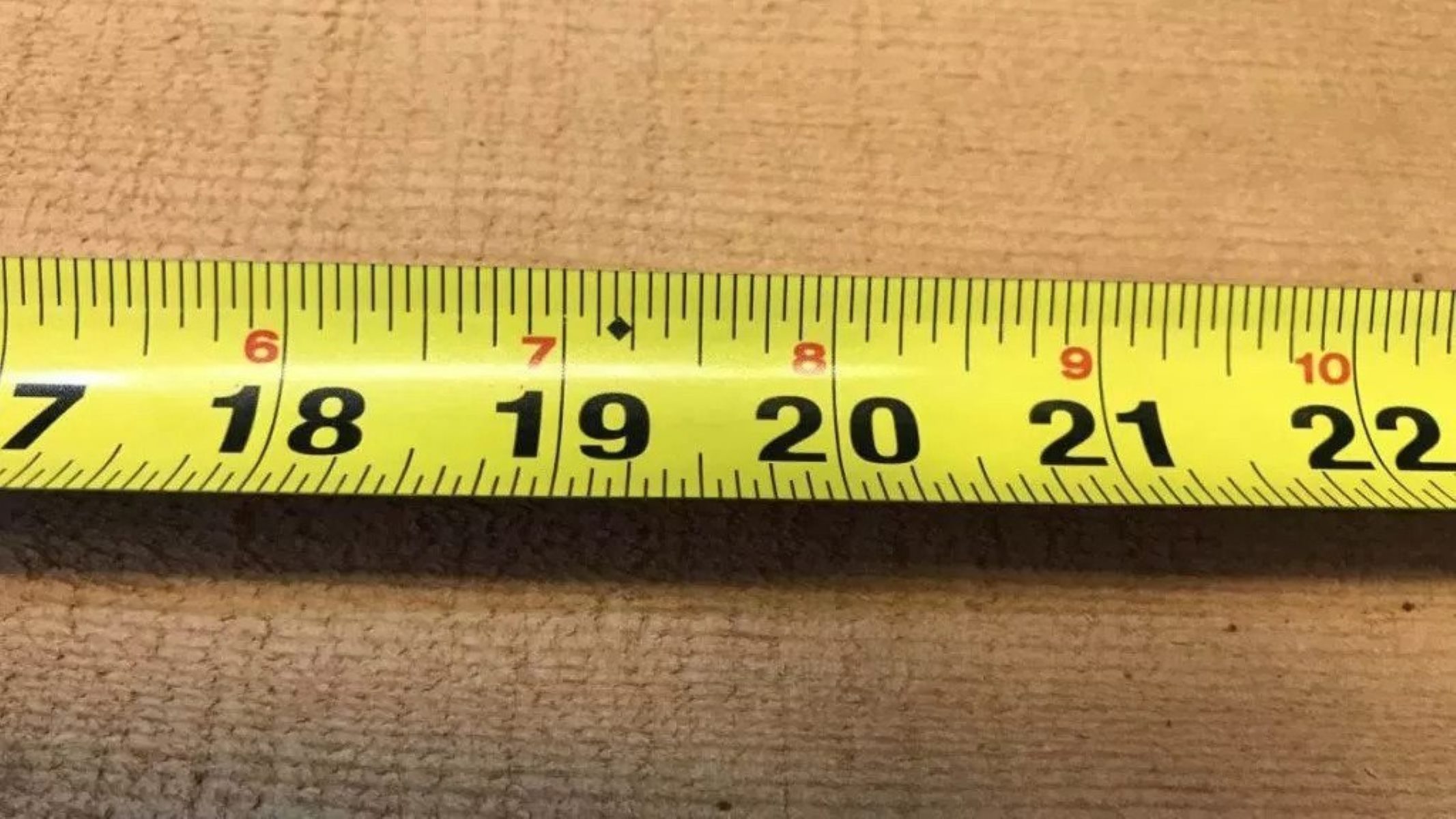
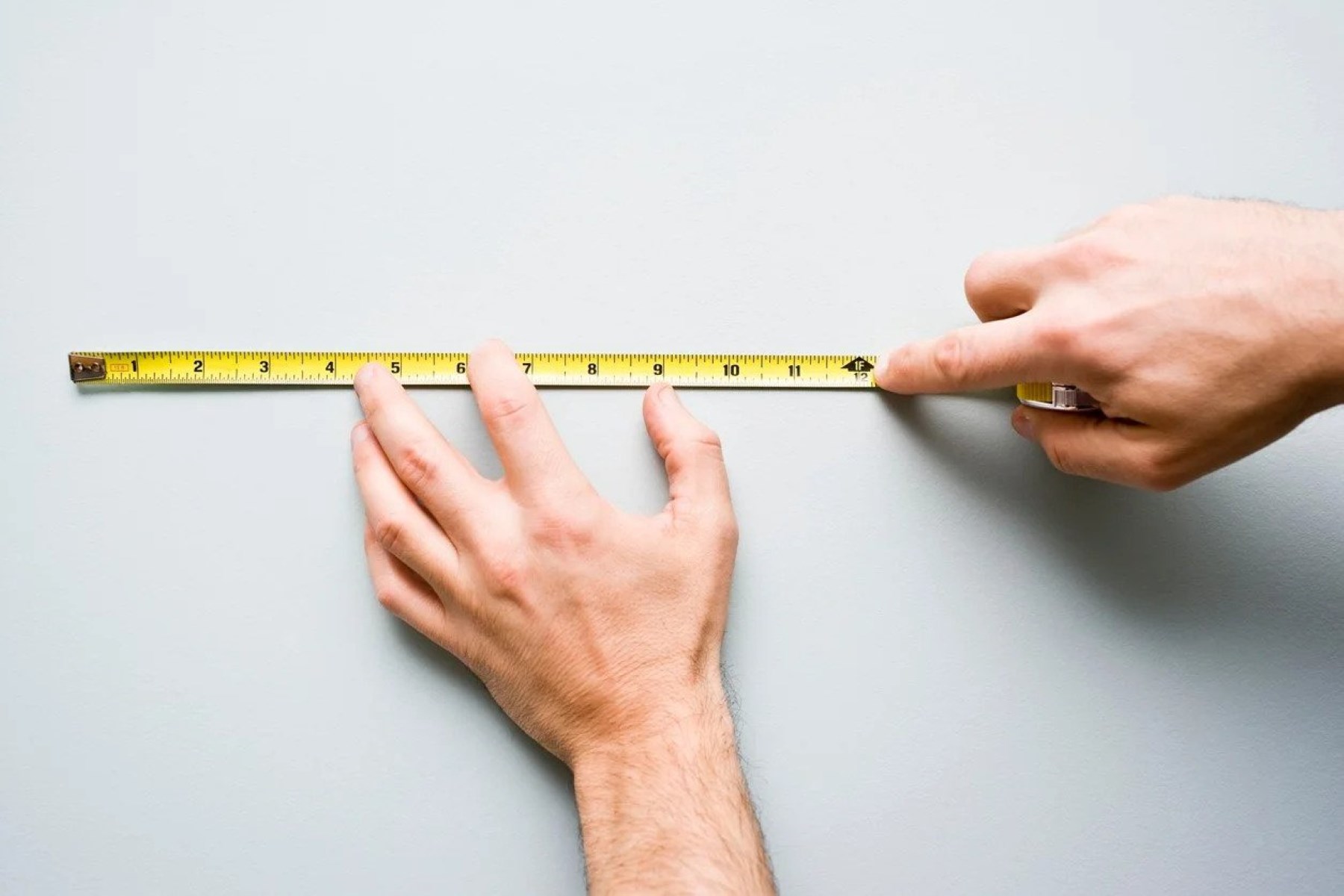
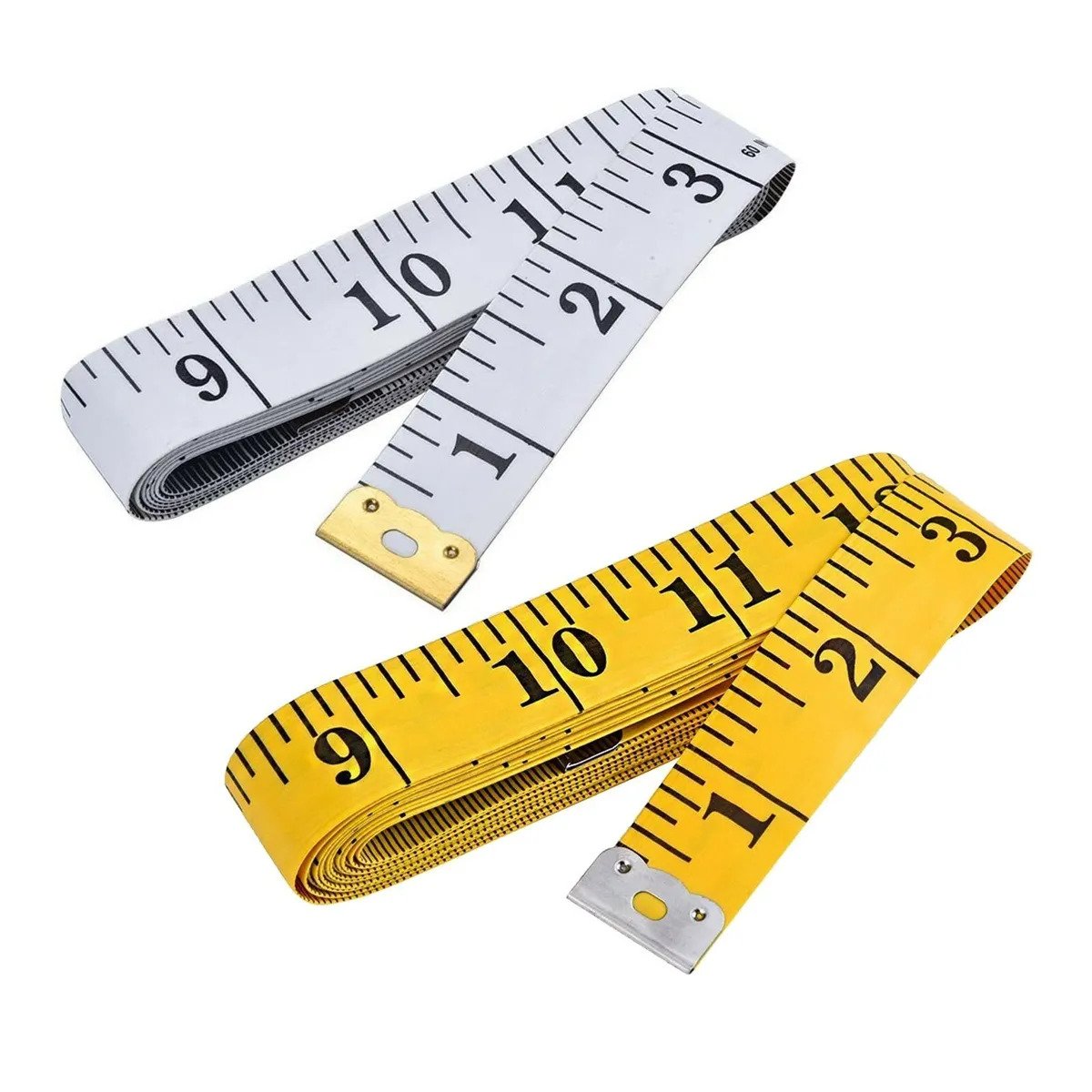

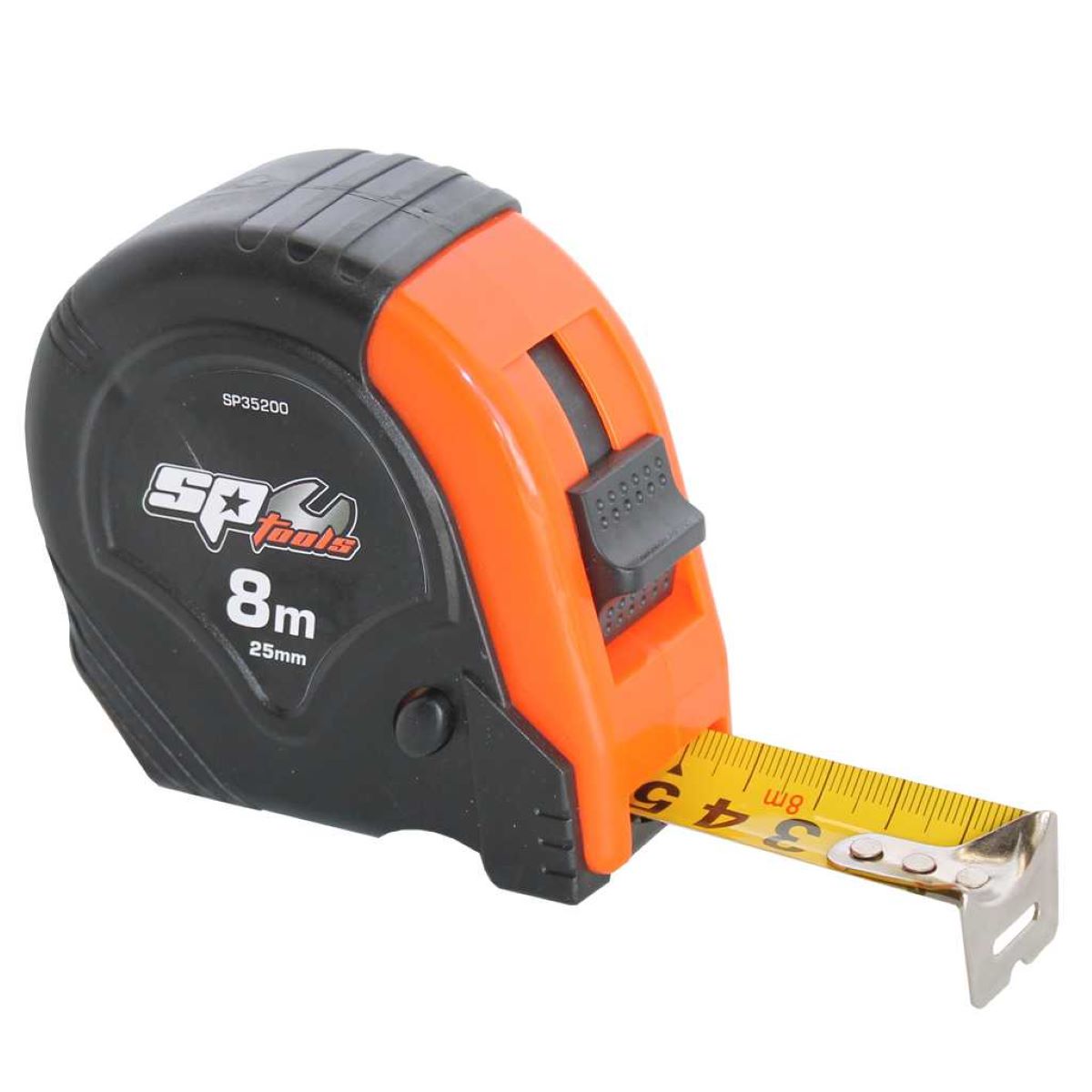

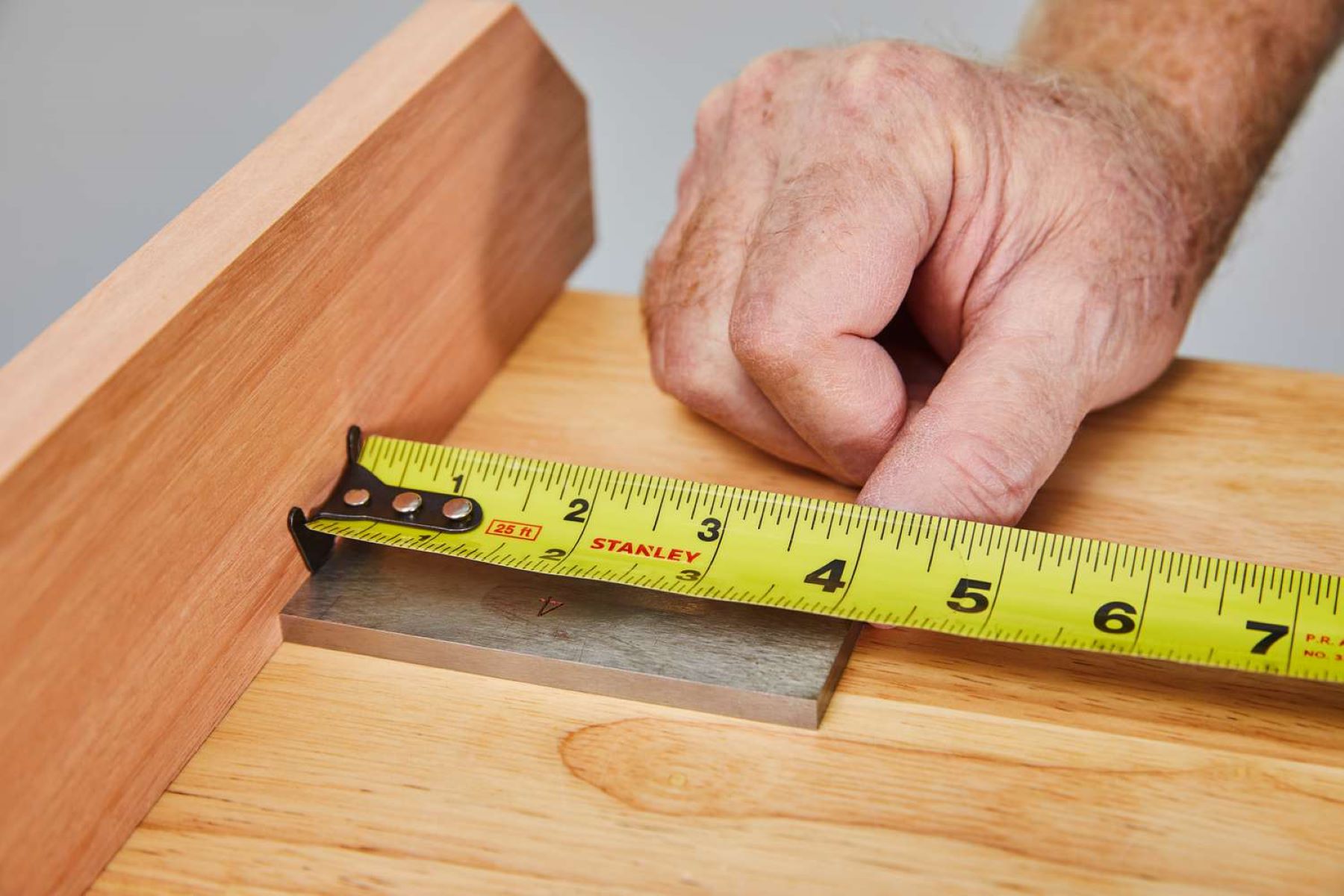

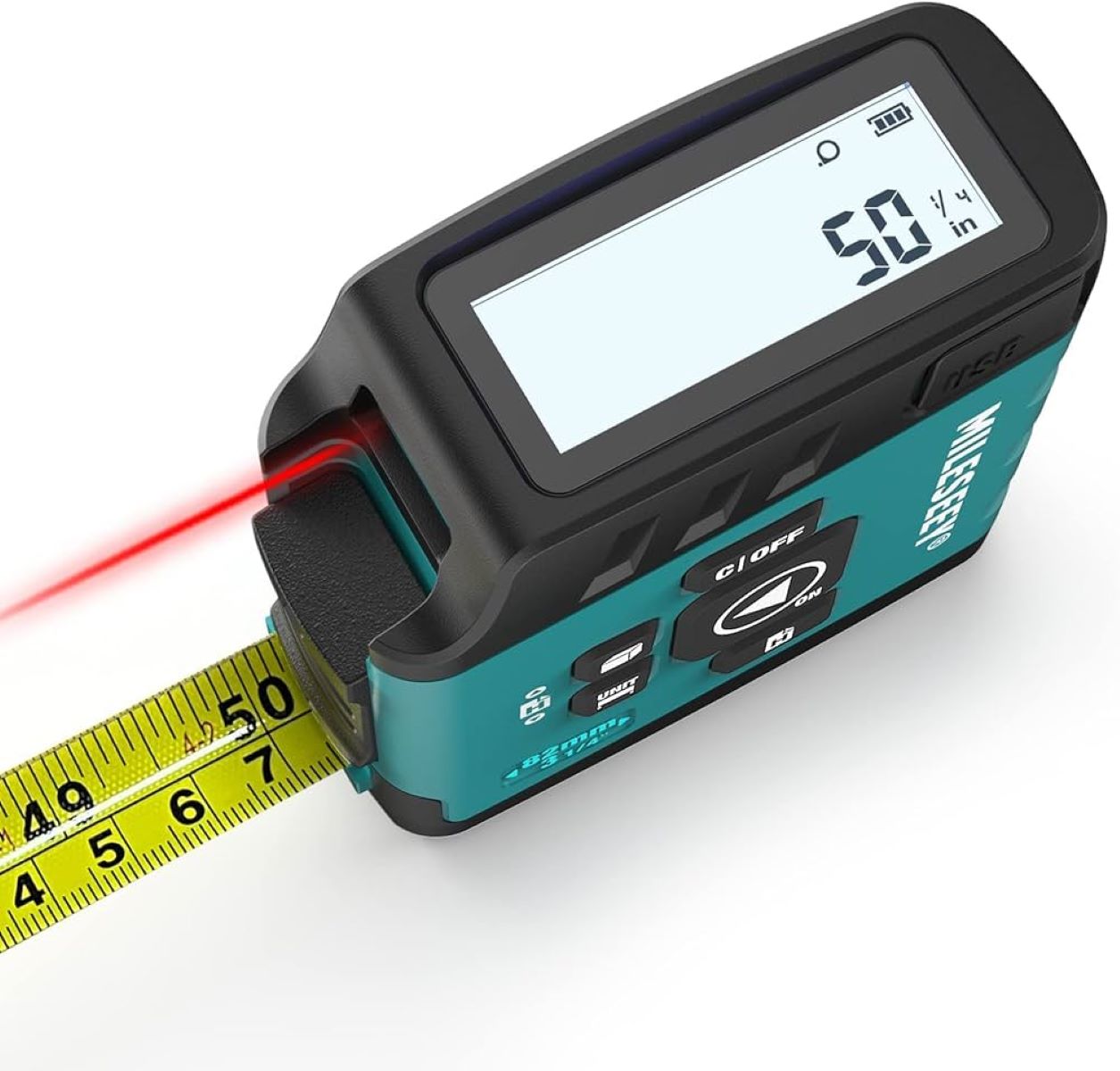
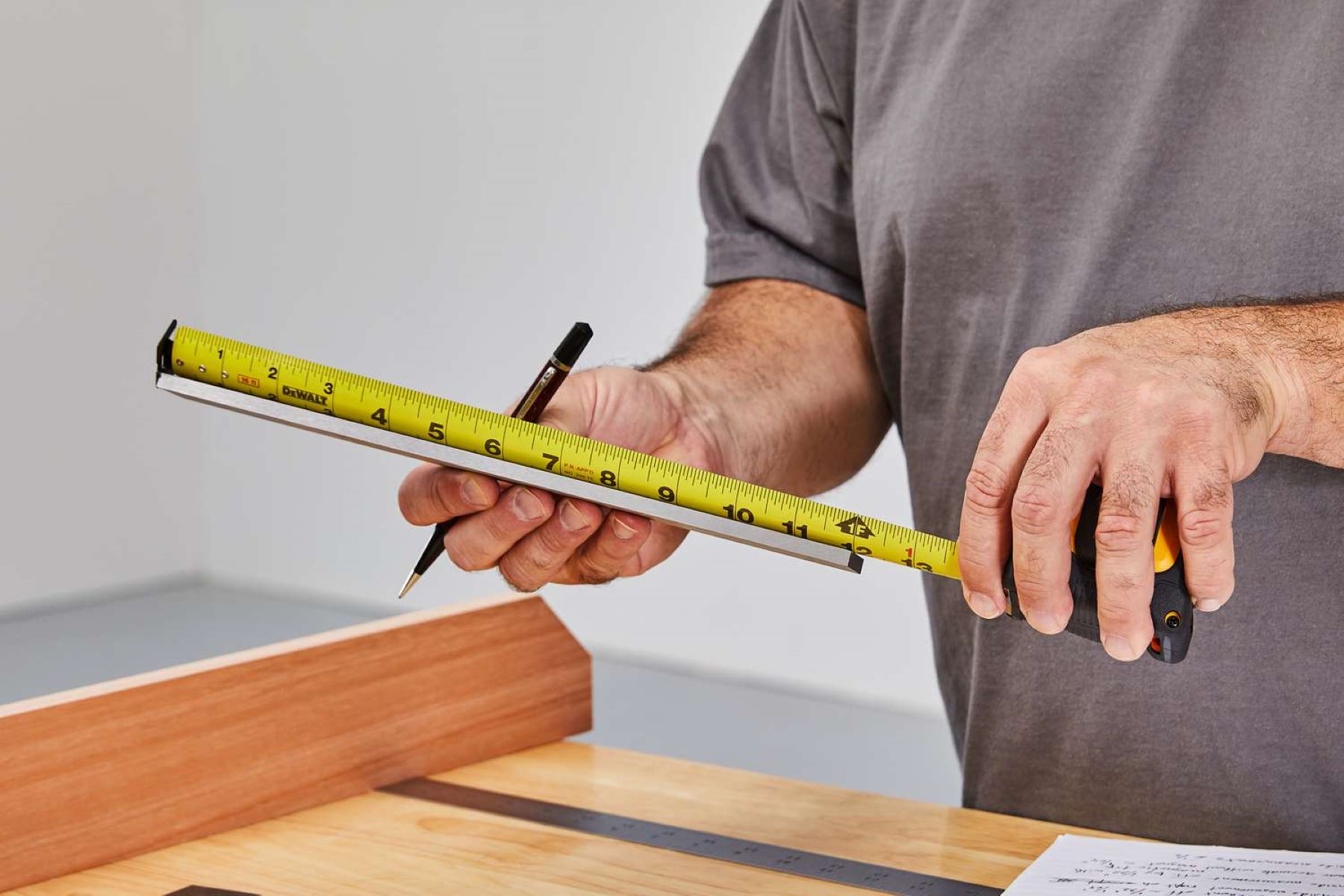





0 thoughts on “What Do The Lines On A Measuring Tape Mean”